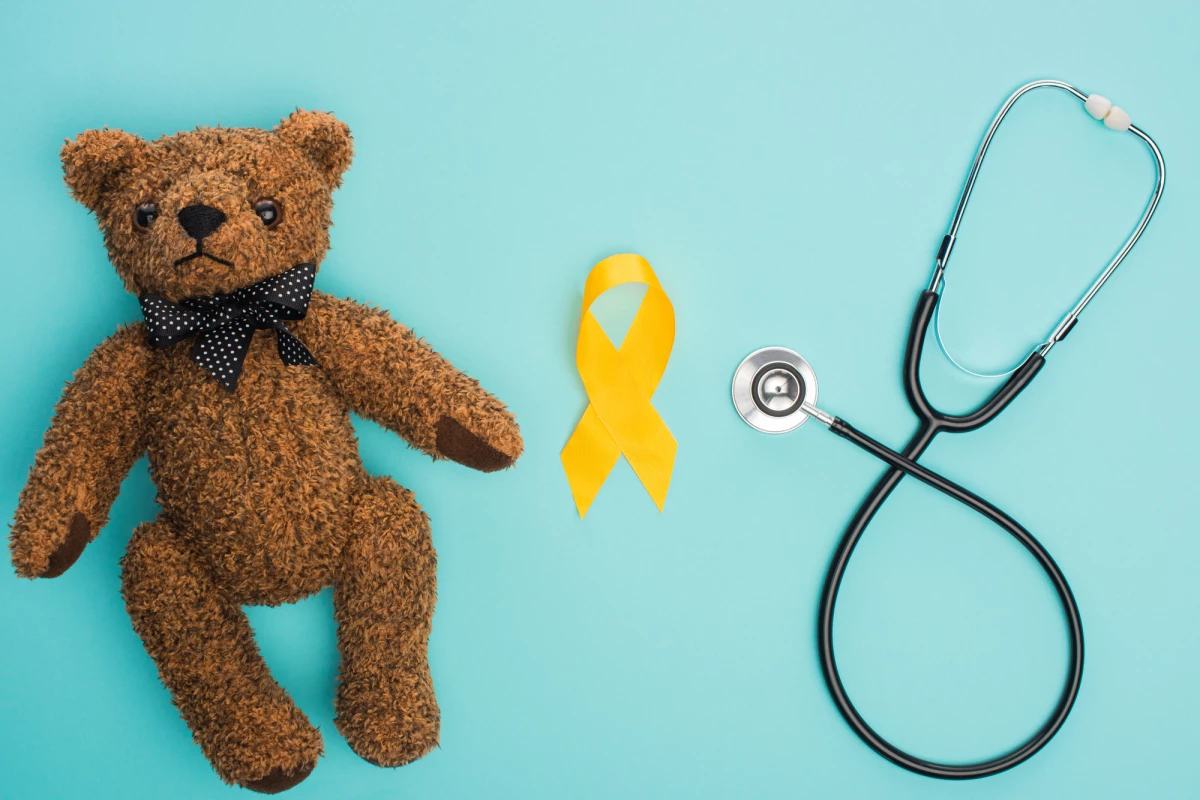A striking new study has found young cancer survivors show high expression of a gene known to be an effective marker of aging. The researchers suggest this genetic biomarker could be used to identify cancer survivors most at risk of later-life frailty due to their treatment.
As we age, concentrations of a gene called p16INK4a gradually increase in our cells, making it a potentially useful molecular marker for aging. One of the gene’s roles is to slow cell division and reduce the proliferation of stem cells.
In a new study researchers set out to investigate p16INK4a levels in pediatric and young adult cancer survivors. The hypothesis was that increased p16INK4a levels could be an effective sign of frailty among young cancer survivors.
"Higher expression of p16INK4a in peripheral blood lymphocytes has been described in older adults following chemotherapy, but prior to this study, not in young adult survivors," says Andrew Smitherman, an author on the new study from the University of North Carolina at Chapel Hill. "This study is important as we try to understand the biological mechanisms underlying the manifestations of early aging in this population."
The study recruited 60 young cancer survivors with a mean age of 21. Some subjects were only months past initial treatment, while others were years post-therapy. Frailty was measured using the Fried frailty phenotype, a clinical assessment tool evaluating factors such as weakness, slowness, and skeletal muscle mass.
On average, the cancer survivors displayed notably higher levels of p16INK4a, compared to an age-matched healthy control group. Overall, the researchers suggest these increased levels equated to a 25-year age acceleration in p16INK4a levels.
Looking at the frailty assessments the cancer survivors registering the highest degree of frailty also showed the highest levels of p16INK4a expression. In those most frail young cancer survivors, the researchers say their p16INK4a levels corresponded with a 35-year age acceleration.
Smitherman says this research could help clinicians better identify those younger cancer survivors needing more post-treatment attention to prevent later-life health impacts. He also suggests p16INK4a may be an effective biomarker signaling the efficacy of novel anti-aging treatments.
“… expression of p16INK4a may prove useful as a measure to study treatments aimed at mitigating the early aging effects of cancer treatment," adds Smitherman.
The new study was published in the journal Cancer.
Source: Wiley




